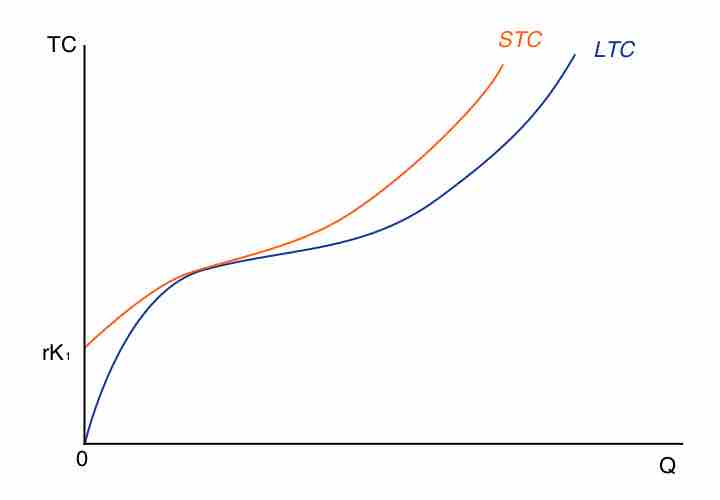In economics, "short run" and "long run" are not broadly defined as a rest of time. Rather, they are unique to each firm.
Long Run Costs
Long run costs are accumulated when firms change production levels over time in response to expected economic profits or losses. In the long run there are no fixed factors of production. The land, labor, capital goods, and entrepreneurship all vary to reach the the long run cost of producing a good or service. The long run is a planning and implementation stage for producers. They analyze the current and projected state of the market in order to make production decisions. Efficient long run costs are sustained when the combination of outputs that a firm produces results in the desired quantity of the goods at the lowest possible cost. Examples of long run decisions that impact a firm's costs include changing the quantity of production, decreasing or expanding a company, and entering or leaving a market.
Short Run Costs
Short run costs are accumulated in real time throughout the production process. Fixed costs have no impact of short run costs, only variable costs and revenues affect the short run production. Variable costs change with the output. Examples of variable costs include employee wages and costs of raw materials. The short run costs increase or decrease based on variable cost as well as the rate of production. If a firm manages its short run costs well over time, it will be more likely to succeed in reaching the desired long run costs and goals.
Differences
The main difference between long run and short run costs is that there are no fixed factors in the long run; there are both fixed and variable factors in the short run . In the long run the general price level, contractual wages, and expectations adjust fully to the state of the economy. In the short run these variables do not always adjust due to the condensed time period. In order to be successful a firm must set realistic long run cost expectations. How the short run costs are handled determines whether the firm will meet its future production and financial goals.

Cost curve
This graph shows the relationship between long run and short run costs.